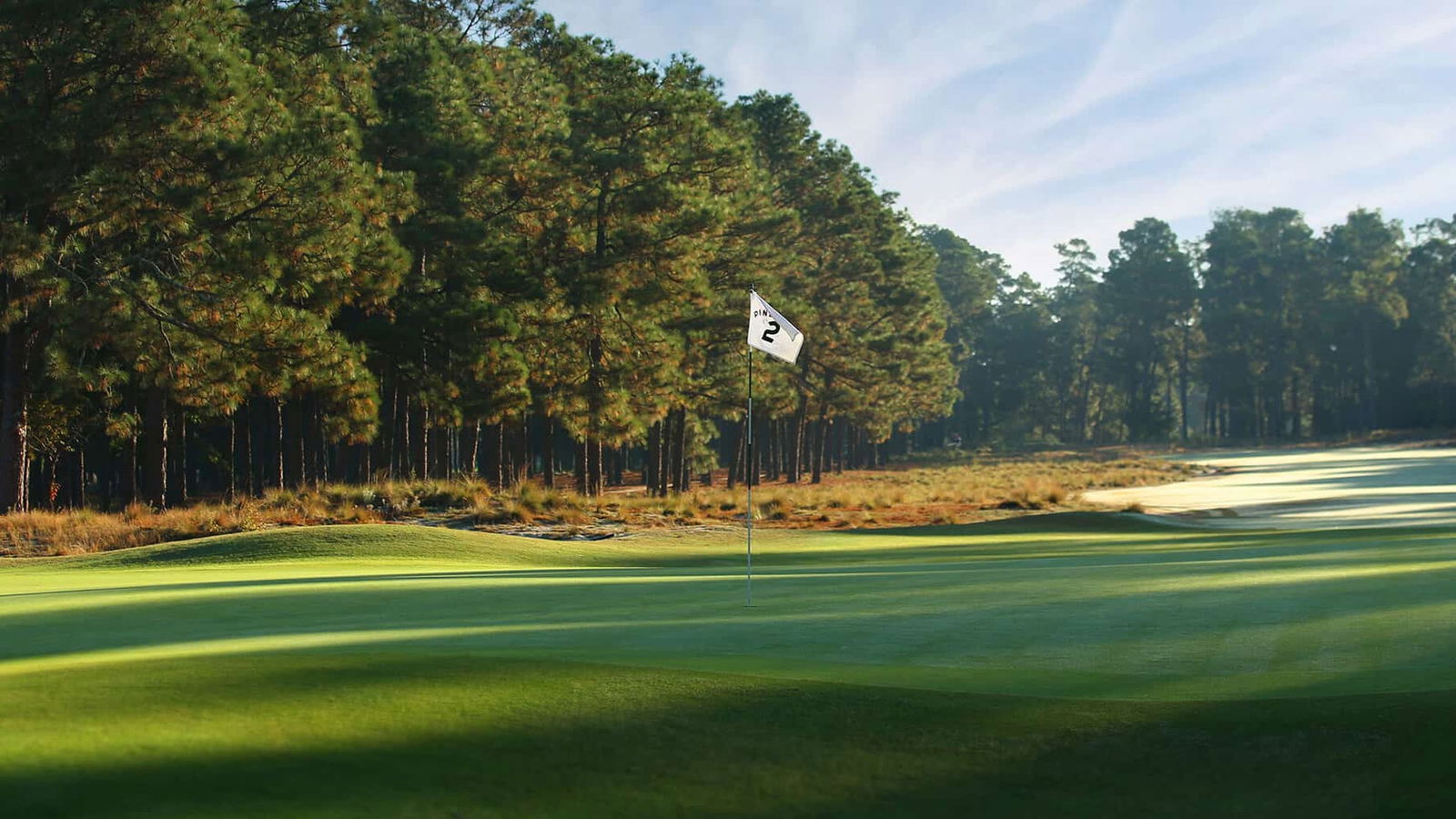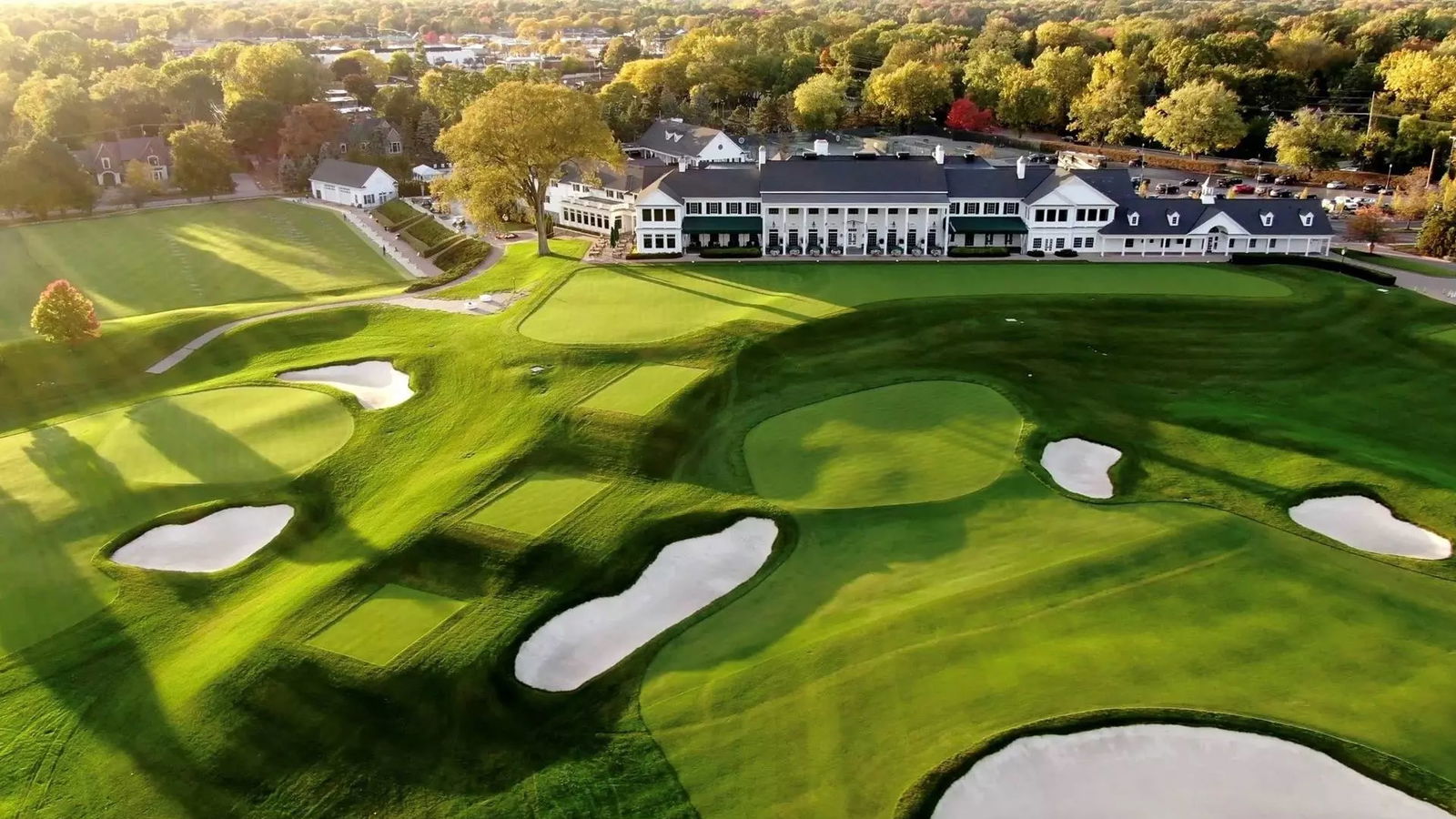Kiawah Island Course Review: A Ryder Cup icon that's as stern a test as they come
GolfMagic heads to South Carolina to sample Pete Dye's legendary seaside track – home to the 1991 War on the Shore between the USA and Europe.

– Proper test of your game
- Surprisingly playable for better players
Kiawah Resort Ocean Course Fact File
- Location: On the coast of South Carolina, 25 miles from Charleston
- Year Established: 1991
- Par: 72
- Length (yards from tips): 7,772
- Green Fees (weekdays): $600
- Signature Hole: The 17th is a short hole where a three (or four) should be truly celebrated
- Website: kiawahresort.com
There are five courses at South Carolina's legendary Kiawah Island resort. Tom Fazio, Gary Player and Jack Nicklaus all have courses here, but it is the Pete Dye-designed Ocean Course that remains the signature layout.
The Ocean Course was designed by Pete and Alice Dye from 1989-91. More than 130 years later, it still lays claim to having the most seaside holes in the Northern Hemisphere, with 10 hugging the Atlantic and the other eight running parallel to those. It was originally planned to sit behind the dunes but Alice Dye, whose idea it was to make Sawgrass' 17th an island hole, suggested raising the entire course to give players unobstructed views of Kiawah Island’s stunning coastline on every hole.
This was the scene of one of the most famous and dramatic Ryder Cups: 1991's legendary showdown – one that is remembered for some of the wrong reasons, but which was made all the more thrilling by Kiawah's unique coastal setting.
For a Ryder Cup that took place over 30 years ago Kiawah is particularly memorable. The matches were christened The War On The Shore, famed for the animosity of the home fans, multiple rows between the teams, and a starmaking rookie performance from a young Colin Montgomerie, who won his last four holes to tie Mark Calcavecchia and kick off an undefeated singles run that would last his whole career.
Ultimately, the Cup would be decided by the last shot of the day – Bernard Langer sliding a tying six-footer past the hole to hand the US a home win.
As well as being the scene of America's narrow victory, and Bernhard Langer's heartbreaking putt on 18, it has also been home to two PGAs; the first won by Rory McIlroy and then in 2021 Phil Mickelson, who at the age of 50 and 11 months, became the game's oldest Major winner – a record that may well be never broken.
Kiawah Resort Ocean Course Review
Kiawah Island always makes for a very welcome change from the norm of PGA Tour courses. Generous, of sorts, off the tee, it then requires solid shot-making and a brilliant short game. The 1991 matches were decorated with recoveries from the waste area – and then there is the wind.
The club says that it can play as much as an 8-club difference on holes depending on the direction and stretch, which seems exceptional, but you could easily imagine players needing a wood when playing into the teeth of a 200-yarder.
There are no prevailing winds here so Dye cleverly designed two courses, one for an easterly and one for a westerly and this will determine how it is tackled.
Padraig Harrington was T4 here in 2021 and he loved the challenge that the Ocean Course threw up.
"I'd love to play on courses like this all the time, it's a beauty. It gives a lot of options. It's a big golf course. It's got a lot of risk-reward but it gives you some leeway in terms of you've got the skills around the greens, you can get it up and down.
"There's a lot of excitement around the greens. You can really hit a good chip shot and you can get a lot of spin off the paspalum turf, so you can play shots that look impossible and you can also mess up shots that look easy.
"I played it Sunday in a cross wind and you could work the ball and the course didn't play long at all and it was a nice, enjoyable test. Then I played it in the opposite wind and it was a beast.”
Rory McIlroy speaks of the cleverness of the design where, visually, it can be intimidating off the tee but then you get up there and there is quite a bit of room. He would win the 2012 PGA by eight shots.
Final verdict
There is drama and water all over the property but the 17th is the hole that always stands out.
"The tee shot is all carry over water, a very demanding par 3 and my favourite here. There are sea oats and big dunes behind the green, which is almost a double green with a front and back landing area. There’s a small bail-out area to the left of the green with water right up to the front. The green will call for a variety of shots, depending upon the pin positions and wind," explains Dye.
This is generally played into the wind and can stretch to over 230 yards. When the pin is cut back right the obvious smart shot is to hit it up the left, which is where two sizeable bunkers reside, along with the waste areas. There is a thin slither of fairway if you think short is the option and, when you are preparing for the tournament, you will certainly be hitting a few from the drop zone.
In 2021 on the opening day only seven players had need for the drop zone but it still played as the hardest hole at .506 shots over par. In total there were just three birdies, 96 pars, 17 bogeys, 16 double-bogeys and some 'others', one of which was an 8.
“There wasn’t going to be a lake on the 17th but Alice felt we needed a dramatic element at this point,” Dye wrote in his autobiography. “Since players of Ryder Cup caliber can handle bunker shots with ease, to make a realistic challenge, we dug an eight-acre lake.”
David Feherty played in the 1991 matches and he would close out Payne Stewart on 17, though it did come with plenty of nerves.
“The hardest hole in the history of the universe. It was 270 yards and nowhere to go. Water to the right and these mine shafts on the left they called bunkers.”
Rating: 5 out of 5 stars ️️️️️⭐️⭐️⭐️⭐️⭐️
For more information, please visit the club's website here


